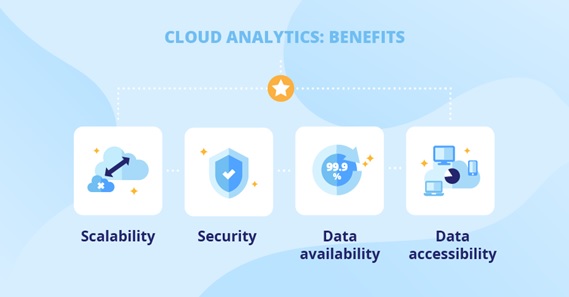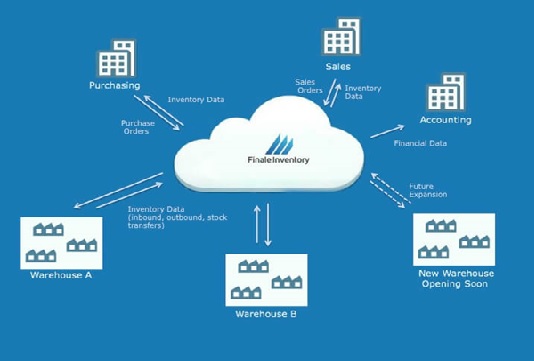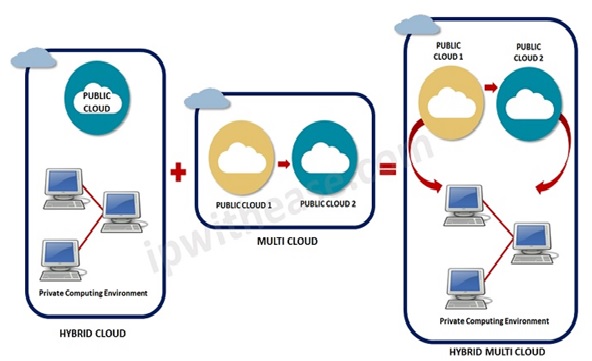Importance of Cloud load balancing
Cloud load balancing is the process of distributing workloads and computing resources in a cloud computing environment. Load balancing allows enterprises to manage application or workload demands by allocating resources among multiple computers, networks or servers. Cloud load balancing involves hosting the distribution of workload traffic and demands that reside over the Internet.[1]

Figure 1. The Importance of Cloud load balancing
Figure 1 shows Cloud load balancing helps enterprises achieve high performance levels for potentially lower costs than traditional on-premises load balancing technology. Cloud load balancing takes advantage of the cloud's scalability and agility to meet rerouted workload demands and to improve overall availability. In addition to workload and traffic distribution, cloud load balancing technology can provide health checks for cloud applications.[1]
Importance of Load Balancing
1. Better Performance
Load balancing techniques are less expensive and easy to implement as compared to its counterparts. Organizations can work on their client's applications much more faster and deliver better performance at relatively lower costs.
2. Maintain Website Traffic
Cloud Balancing provides scalability to control website traffic. With the help of effective load balancers, you can easily manage high-end user traffic with the presence of servers and network devices.
Cloud balancing plays a crucial role for e-commerce websites like Amazon and Flipkart, who are dealing with millions of visitors every single second. Load balancers help them distribute and manage workloads at the time of promotional and sale offers.
3. Handle Sudden Traffic Burst
Load balancers have this ability to handle any sudden traffic received at a particular time. For example, a College or University website can shut down during result declaration due to too many requests arrivals at the same time. If they are using load balancers they do not have to worry about any amount of traffic burst. No matter how big is the traffic, load balancers equally divide entire website load into different servers for maximum results in a minimum response time.
4. Flexibility
The main objective of using a load balancer is to protect the website from a sudden mishap. When the workload is distributed among a number of network units or servers, even if one node fails, the load could be shifted to another node. This shows scalability, flexibility and the handling ability of traffic.[2]
The advantages of Cloud Load Balancing
a) High Performing applications
Cloud load balancing techniques, unlike their traditional on-premise counterparts, are less expensive and simple to implement. Enterprises can make their client applications work faster and deliver better performances, that too at potentially lower costs.
b) Increased scalability
Cloud balancing takes help of cloud’s scalability and agility to maintain website traffic. By using efficient load balancers, you can easily match up the increased user traffic and distribute it among various servers or network devices. It is especially important for ecommerce websites, who deals with thousands of website visitors every second. During sale or other promotional offers they need such effective load balancers to distribute workloads.[3]
References:
- https://searchcloudcomputing.techtarget.com/definition/cloud-load-balancing
- https://www.xcellhost.cloud/blog/importance-load-balancing-cloud-computing-environment
- https://www.znetlive.com/blog/what-is-load-balancing-in-cloud-computing-and-its-advantages/
Cite this article:
Thanusri swetha J (2021), Importance of Cloud load balancing, AnaTechMaz, pp. 28















